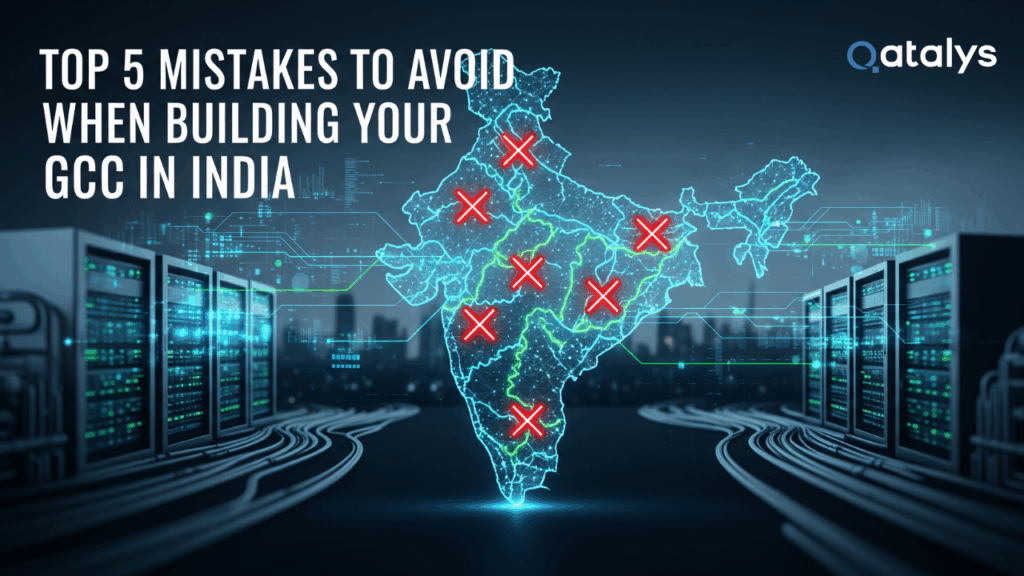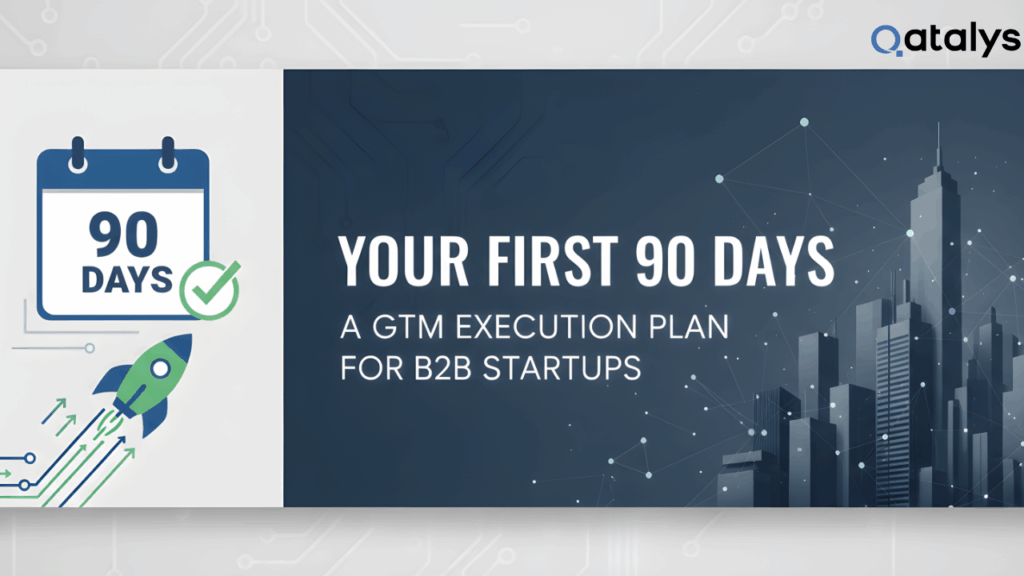After a turbulent 2022 and a cautious 2023–24, startup investing is evolving – fast.
Venture capital is flowing again in 2025, but it’s more selective, data-driven, and focused on fundamentals. The growth-at-all-costs era is officially over. What’s replacing it? Efficiency, real-world problems, and founder discipline.
For early-stage startups, this isn’t bad news – it’s a reset.
Founders who understand where capital is going and what today’s investors actually care about will have a serious edge.
This blog breaks down 7 major trends shaping startup investments in 2025, with a simple goal:
To help you pitch better, raise smarter, and build what gets funded.
No jargon, no investor fluff – just clear insights from the latest VC reports, deal data, and founder behavior we’re seeing in the wild.
1. AI Remains Hot – But Investors Want Depth, Not Hype
AI continues to dominate pitch decks, but investors in 2025 are looking beyond surface-level “ChatGPT for X” startups. The bar has been raised.
VCs are prioritizing:
- Deep tech infrastructure (LLM ops, model security, inference optimization)
- Applied AI solving domain-specific problems (legal, finance, biotech)
- Founding teams with genuine technical credibility or unique datasets
- Generic front-ends or lightweight wrappers are no longer fundable unless tied to distribution or defensible UX.
Expect more technical diligence, emphasis on scalability, and questions about model reliance vs. proprietary value.
Founders must shift from “We’re using AI” to “Here’s how AI gives us lasting competitive advantage.”
2. Early-Stage Funding Is Back – But Leaner and Smarter
Pre-seed and seed investing is rebounding, but with smaller check sizes, leaner valuations, and higher traction expectations.
Investors want to see:
- Customer proof (waitlists, pilots, usage data)
- Clear market validation
- Low burn + scrappy execution
The days of raising $2M on a pitch deck alone are over (unless you’re a repeat founder). Most early-stage rounds are in the $500K–$1.5M range, with a focus on milestone-based funding.
This favors execution-focused teams who can show momentum without needing huge capital.
Founders should rethink early use of funds – investors want to know exactly how this round unlocks measurable progress.
3. Capital Is Shifting Toward “Hard” Problems
Startups solving large, complex, real-world problems are seeing stronger investor demand – especially in:
- Climate tech & clean energy
- Biotech & health diagnostics
- Industrial automation & robotics
- Infra SaaS & supply chain software
These sectors require longer timelines and technical depth, but also offer bigger moats and long-term returns. VCs with “patient capital” are doubling down on these verticals.
“Hard” doesn’t just mean technical – it means high-friction problems that incumbents ignore and startups can attack with agility.
Founders building in these spaces must show domain expertise and regulatory fluency – but if they can, they’re getting outsized attention.
4. LP Pressure Is Making VCs Favor Capital Efficiency
Limited partners (LPs) – the backers behind VCs – are demanding more discipline and earlier returns. That pressure is now visible in how VCs evaluate startups.
2025 investors ask about:
- Path to profitability (even at pre-seed)
- Unit economics and payback periods
- Hiring plans and headcount efficiency
- “Do more with less” culture
This doesn’t mean cutting corners – it means being intentional. A well-run $1M startup is more attractive than a chaotic $5M one.
Founders should rethink vanity metrics and prepare to talk gross margin, burn multiples, and timeline-to-milestone – even in early pitches.
5. Founder-Led and Operator Funds Are Gaining Power
There’s a noticeable rise in micro-VCs, angel syndicates, and early-stage funds led by ex-founders, operators, and exited entrepreneurs.
What sets them apart?
- Faster decisions
- Tactical, not theoretical support
- Smaller checks, higher conviction
- Often first to believe when big VCs pass
These funds are less focused on polished decks and more on founder-market fit, insight, and execution chops.
For first-time founders, they offer a less intimidating entry point – but expect sharper questions and active involvement.
Founders should build target lists that include these emerging funds – not just Tier-1 names.
6. Secondary Markets and Early Liquidity Are Maturing
As IPOs remain slow and exits stretch longer, secondary markets for startup equity are gaining traction – especially for founders and early employees.
Platforms like Caplight, Forge, and AngelList’s secondary tools are opening up partial liquidity without full exits.
Investors are using secondaries to de-risk portfolios or clean up cap tables. Founders use them to free up cash while still operating long-term.
This changes how startups approach fundraising:
- More scrutiny of ownership structure
- Early discussions about liquidity terms
- Clearer long-term equity planning
Founders should understand how secondaries work – and manage expectations on liquidity with both team and investors.
7. Global Teams & Capital Are Becoming the Default
Geography matters less in 2025. VCs are more open to international teams, cross-border startups, and founders building outside Silicon Valley.
Capital is flowing to:
- India, SEA, LATAM, MENA, Eastern Europe
- Remote-first SaaS companies
- Cross-border commerce and fintech platforms
Founders who can operate globally – or design for multiple markets from day one – have a stronger edge.
Expect more hybrid cap tables (local + global investors), distributed teams, and pitch expectations that account for timezone, language, and compliance diversity.
Fundraising is now about access and scalability, not just zip code.
Conclusion: 2025 Is a Builder’s Market – If You’re Smart About It
Startup investing in 2025 isn’t dead – it’s just different. Capital is flowing again, but it’s moving toward lean teams, real traction, and meaningful problems.
The founders who win this year won’t just be loud – they’ll be disciplined, strategic, and investor-aware.
Understand what’s shifting, tailor your pitch, and prove you can execute without burning through a round in six months.
Know your numbers. Solve real problems. Show how you scale – smartly.
Need help prepping your next raise?
Book a 30-Minute Discovery Call – get feedback on your startup and studio-fit assessment.








